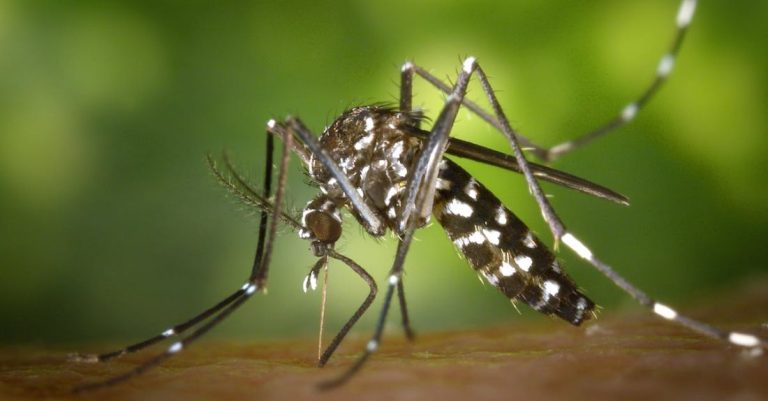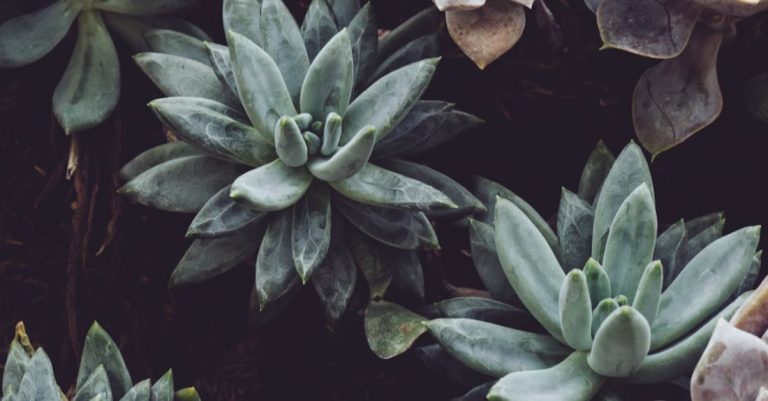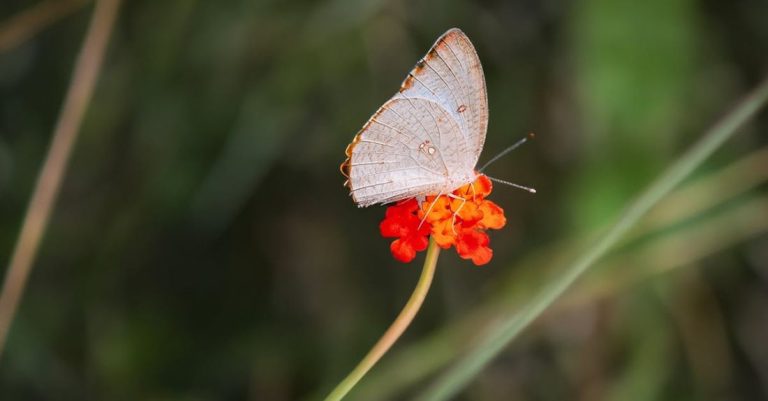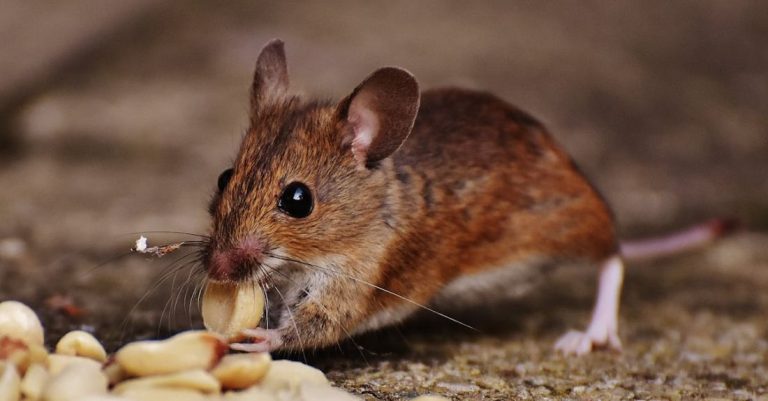
Maintaining a flourishing garden requires dedication and attention to detail. One of the key challenges faced by gardeners is dealing with pests that can wreak havoc on plants. Identifying these common garden pests early on is crucial in preventing significant damage and ensuring the health of your garden. By familiarizing yourself with the characteristics and behaviors of these pests, you can take the necessary steps to protect your plants and preserve the beauty of your garden.
**Aphids: The Tiny Menace**
Aphids are among the most common garden pests that can quickly infest plants and cause significant damage if left unchecked. These tiny insects feed on the sap of plants, causing leaves to curl and distort, and stunting growth. Identifying aphids is relatively easy, as they are small, pear-shaped insects that come in various colors such as green, black, yellow, or pink. They tend to cluster on the undersides of leaves and reproduce rapidly, making early detection essential.
**Caterpillars: Voracious Eaters**
Caterpillars are the larval stage of butterflies and moths and are known for their voracious appetite for foliage. These pests can quickly strip plants of their leaves, causing extensive damage. Identifying caterpillars in the garden is often straightforward, as they are typically cylindrical in shape with distinct body segments. Some caterpillars may also have colorful markings or hairs. Regularly inspecting the undersides of leaves and stems can help you spot these pests before they cause significant harm.
**Slugs and Snails: The Silent Destroyers**
Slugs and snails are common garden pests that can wreak havoc on a wide variety of plants. These mollusks feed on leaves, stems, and fruits, leaving behind a telltale trail of slime. Identifying slugs and snails in the garden is relatively easy, as they are nocturnal creatures that feed during the night. Keep an eye out for slimy trails on the ground, as well as irregular holes in leaves and fruits. To deter these pests, consider using barriers such as copper tape or diatomaceous earth.
**Spider Mites: Invisible Threat**
Spider mites are tiny arachnids that can cause significant damage to a wide range of plants. These pests feed on plant sap, causing leaves to appear stippled or yellowed. Identifying spider mites can be challenging, as they are tiny and often go unnoticed until damage is already visible. A magnifying glass can help you spot these pests, which are typically found on the undersides of leaves. Regularly spraying plants with a strong jet of water can help deter spider mites and reduce their numbers.
**Whiteflies: Persistent Pests**
Whiteflies are small, moth-like insects that feed on the sap of plants, causing leaves to yellow and wilt. These pests are often found in large numbers on the undersides of leaves and can be challenging to eradicate once established. Identifying whiteflies in the garden is relatively easy, as they are small, white insects that fly off when disturbed. Using yellow sticky traps can help you monitor whitefly populations and take action before they become a significant problem.
**Conclusion: Vigilance is Key**
In conclusion, identifying common garden pests is essential for maintaining a healthy and thriving garden. By staying vigilant and regularly inspecting your plants for signs of pest damage, you can catch infestations early and take appropriate measures to protect your garden. Remember that prevention is always better than cure when it comes to dealing with pests, so implementing proactive measures such as crop rotation, companion planting, and natural predators can help keep pests at bay. With a keen eye and proactive approach, you can enjoy a pest-free garden filled with vibrant, healthy plants.





